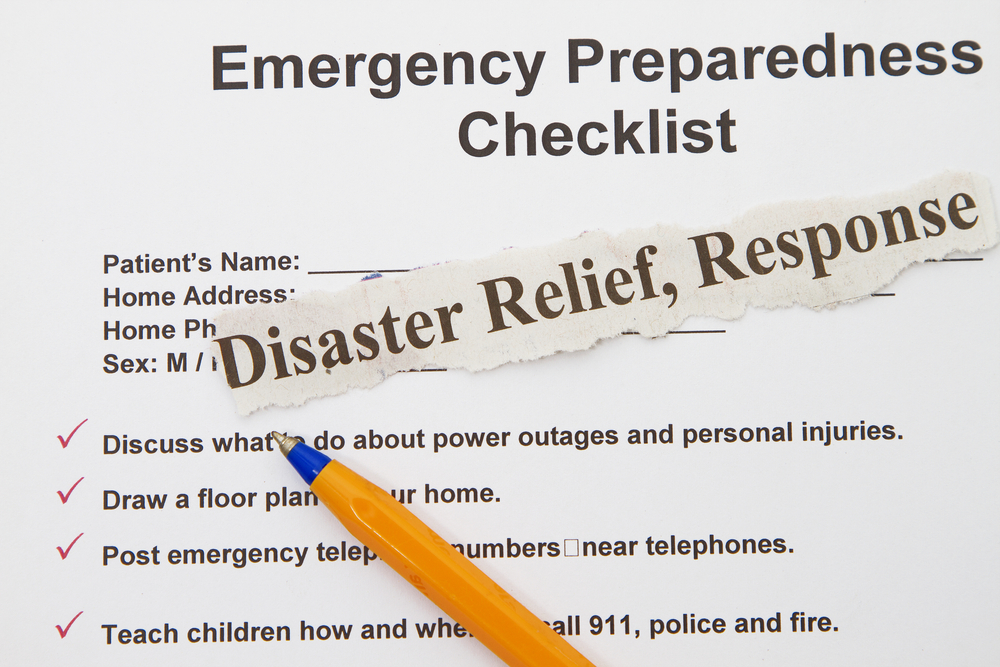Breaking
“Disaster imagination”: DOST’s remedy for disaster readiness
Imagine.
According to Dr. Renato U. Solidum, director of the Department of Science and Technology’s Philippine Institute of Volcanology and Seismology (DOST-PHIVOLCS), imagination is the best remedy in battling fierce disasters which seem commonplace nowadays even outside the Philippines.
“Possible future hazards and its effects in localities and the whole region must be imagined to craft and implement appropriate solutions. You have the most important role to be not injured, to be alive, during a major event,” Solidum stated during his presentation before provincial governors, mayors, disaster risk reduction managers, and city planning officers in the recent CALABARZON, MIMAROPA, and Iloilo series of DOST’s information and education campaign (IEC) recently.
The seminar-workshop is part of DOST’s ongoing nationwide IEC dubbed as “Iba na ang Panahon: Science for Safer Communities” which aims to arm local government units (LGUs) with knowledge and science-based technologies for community preparedness against disasters especially in the face of climate change.
Disaster imagination starts with identifying the hazards which may possibly hit one’s locality, according to Dr. Solidum. This is followed by making an assessment of these hazards by identifying their magnitude and the possible affected areas. The next step involves an assessment of possible casualties and losses and the entire damage scenario.
To assist LGUs in their disaster imagination initiatives is REDAS, or the Rapid Earthquake Damage Assessment System – a PHIVOLCS-developed earthquake simulation software. It is the only semi-geographic information system software which can simulate earthquake hazards.
“It can be a database to put in the location of your houses and statistics of the houses, it can estimate the number of buildings and casualties per municipality. The concept is risk assessment. With these data, you’ll know what to do, what steps to take,” Solidum explained.
Possible disaster scenarios in CALABARZON
Several faults running through the Philippine archipelago affect Region IV-A in particular.
According to Solidum’s presentation, if the Infanta Fault in Quezon moves, an Intensity 7-8 earthquake would occur, causing liquefaction and landslides in some areas. If the Ragay segment in Bicol moves with a magnitude 7.3, folks in Quezon will also experience an Intensity 7-8 earthquake. If the fault in Mindoro moves, those in Batangas will be affected by a tremor of similar intensity. The same goes for both Cavite and Batangas if the Manila Trench moves. Meanwhile, if the West Valley Fault moves, it will also cause an Intensity 8 shaking in Cavite, Laguna, Rizal and possibly Batangas.
If the earthquake occurs off the Manila Trench, it can generate a tsunami that can reach inside Manila Bay, Batangas Bay and inside toward the inland parts of Marinduque and even Western Quezon.
The PHIVOLCS chief added that if Taal Volcano were to erupt again with the strength of its 1754 eruption which lasted from May to December that year, a wide area will be affected by ashfall, posing tremendous dangers to human health.
“Appropriate preparedness, mitigation measures and response measures must be according to the scenarios that can happen, that we can think of, even before this would happen. So disaster imagination is important,” he emphasized. “We are giving you scenarios so you can prepare as a region so that it isn’t only the affected residents who will prepare, but also those who can help them.”
“Iba na ang Panahon: Science for Safer Communities” which will be held in all 17 regions of the Philippines between March and May 2014 is a joint project between DOST, Department of the Interior and Local Government and the Office of Civil Defense.
Press release courtesy of Science & Technology Media Service, DOST, 31 March 2014.






















